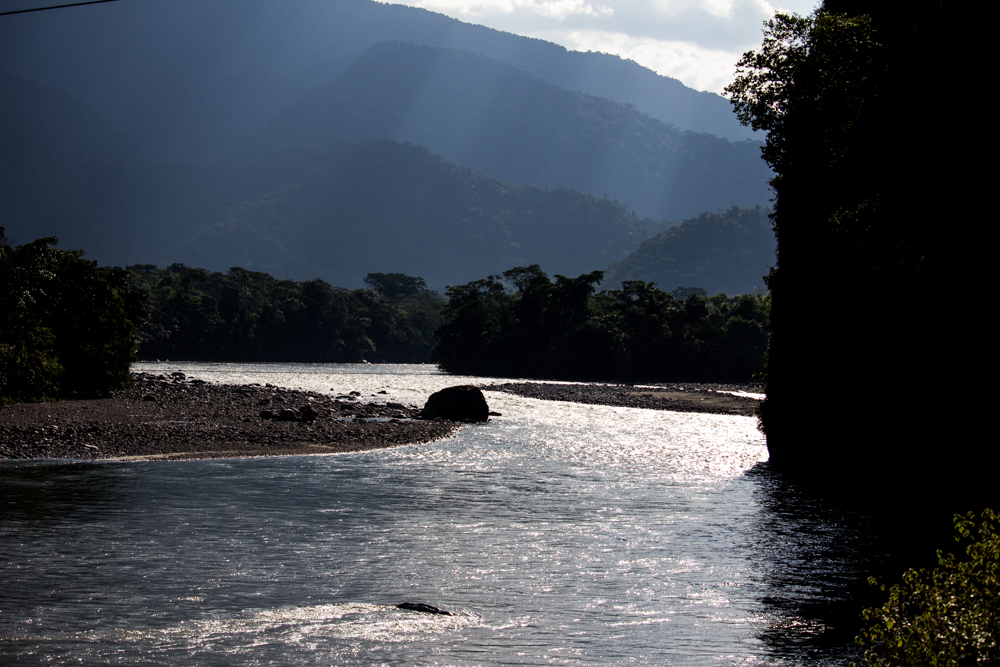The Ecuadorian Amazonia is a treasure trove of biodiversity, teeming with life that ranges from the smallest insects to the majestic jaguars. As an ecologist and scientist, I believe it’s crucial to shed light on the often-overlooked aspect of conservation: soundscapes. In this blog post, we’ll explore the importance of soundscapes in ecology and conservation, focusing on the mesmerizing Ecuadorian Amazon rainforest.
The Orchestra of Nature: Soundscapes in the Ecuadorian Amazon
When we think about conservation, we often picture lush forests, crystal-clear rivers, and diverse wildlife. However, one vital element is frequently underappreciated – the symphony of sounds that permeates the Amazonian rainforest. These soundscapes are not just background noise; they are a window into the health and vitality of this remarkable ecosystem.
The Sounds of Biodiversity
The Amazon rainforest is home to an astonishing array of species, many of which communicate through sound. Birds sing, frogs croak, insects buzz, and mammals vocalize, creating a vibrant tapestry of sounds. These vocalizations serve various purposes, from attracting mates to marking territory and warning of predators.
Monitoring these soundscapes can provide ecologists with invaluable insights into the presence, behavior, and health of different species. It’s like eavesdropping on nature’s conversations.
Bioacoustics: A Conservation Tool
Bioacoustics, the study of animal sounds, has emerged as a powerful conservation tool. By recording and analyzing soundscapes, researchers can:
- Monitor Species: Certain species can be elusive, making visual surveys challenging. Sound recordings allow us to identify and track the presence of these animals more accurately.
- Detect Changes: Shifts in soundscapes can signal environmental changes, such as deforestation, habitat degradation, or the invasion of non-native species.
- Assess Health: Healthy ecosystems are characterized by diverse and active soundscapes. A decline in vocalizations can indicate ecosystem stress.
Conservation Challenges in the Ecuadorian Amazonia
The Ecuadorian Amazonia is under constant threat from activities like deforestation, oil extraction, and mining. Preserving this unique rainforest is of global importance due to its role in climate regulation and its unparalleled biodiversity. Soundscapes offer a novel approach to conservation in this region.
How You Can Contribute
- Support Conservation Organizations: Numerous organizations work tirelessly to protect the Amazon rainforest. Consider donating to or volunteering with groups like Andesonic.
- Responsible Tourism: If you plan to visit the Ecuadorian Amazon, choose eco-friendly tours that prioritize the environment and local communities.
- Educate and Advocate: Raise awareness about the importance of soundscapes and biodiversity conservation. Encourage sustainable practices in your community and beyond.
Soundscapes are the heartbeat of the Ecuadorian Amazonia and play a crucial role in understanding and conserving this remarkable ecosystem. By tuning into these natural symphonies, we can better appreciate the beauty and complexity of the rainforest and take steps to protect it for generations to come.
Let’s work together to ensure that the Amazon’s harmonious melodies continue to enchant us, inspire us, and remind us of our responsibility to safeguard the planet’s most precious ecosystems.
by: Andres Estrella Terneux + AI (chatGPT auxiliary)

